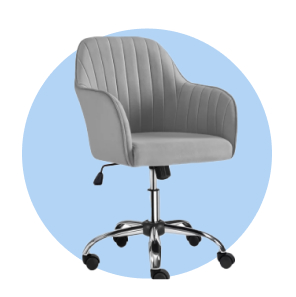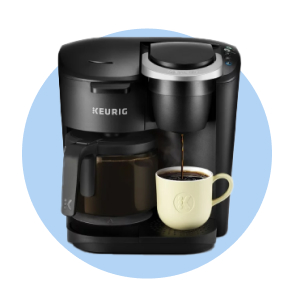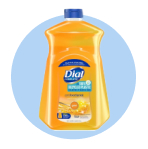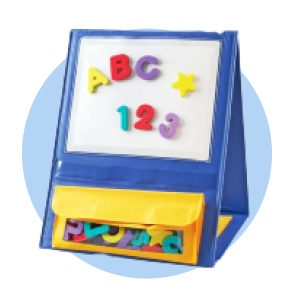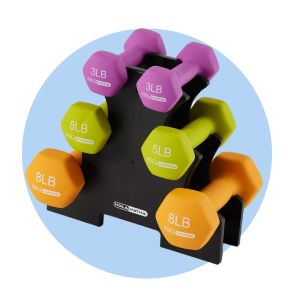
Stock Up & Ship Out: Prepping Your Packing Supplies for Peak Season
Meet demand during sales surges
No matter what your business sells, there will be times when you need to get a lot of packages out the door quickly. By stocking up on supplies early and creating smart workflows, you’ll be ready to meet customer demand when that peak season hits.

5 ways to prepare for peak season packing and shipping
1. Learn from last year
Sales surges sometimes come out of nowhere, but they usually follow more predictable patterns. If your business has been around for a while, check your sales data from last year to learn which months were the busiest and which products your customers wanted most. If the surge happened around an event like a holiday, you’ll probably face a similar spike in sales this year. Before that happens, stock up on extra inventory items and shipping supplies and think about whether you need to hire some temporary help.
Even if your business is brand-new, you can still learn from last year’s trends. Do some research online to find out the busy and slow seasons for your industry.
Dealing with an unexpected sales surge? Read Rising Demand? What to Do When Your Business Goes Viral.
2. Choose your shipping supplies
If you’ve been buying shipping supplies here and there when you need to ship something, now is the time to be more purposeful. Make a list of the exact items you need to pack and ship your goods. Write down how much each item costs, what sizes you need and which brand(s) you prefer.
Figure out a strategy for reordering supplies as you run out, especially since you’re likely to run out of different products at different rates. When you’re done, share all this information with your staff. Once the orders start pouring in, you may have to ask another employee to handle supply runs.
While no two businesses need exactly the same supplies, you should start with:
Shipping boxes: Buy appropriately sized boxes for the items that you sell. Remember that you’ll need to leave room in each box for protective packing materials. Choose durable boxes in case they have to sit outside in bad weather.
Void fillers: These are also called packing fillers, protective materials or simply packing materials. Void fillers take up extra space in shipping boxes, protecting items during transit. Common types include paper, packing peanuts and plastic air bubbles.
Packing tape: This seals boxes shut during shipping. Buy more than you think you need, as packing tape tends to go fast and you can’t ship boxes without it.
Sticky labels: While you can write directly on most boxes, it’s more efficient to print names and addresses on sticky labels.
Shipping scales: An item’s shipping cost depends on its weight. Buy your own shipping scales so that you’ll know how much a box weighs—and how much you’ll spend—before you send it.
Whenever possible, you should also buy eco-friendly packing and shipping materials. Customers care about sustainability and will actually spend more money with environmentally friendly companies. That means choosing supplies made from biodegradable materials and avoiding single-use plastics.
If you need a bigger space to run your shipping operation, check out 5 Essential Packing Supplies for Moving Offices.
3. Stock up and store for later
One good thing about packing and shipping supplies is that they don’t go bad. If your business has some extra storage space, you can keep months’ worth of boxes, tape and labels on hand.
While you may not want to spend money on supplies you don’t need right now, think about the alternative. When the sales surge hits—especially if it hits without warning—you might run low on supplies quickly. When that happens, you’ll have two options:
Send an already-busy employee out to buy more
Order products online and hope they arrive in time
Neither solution is a good longterm solution, because you’ll end up spending more time and money than if you’d planned ahead.
Instead, buy as many packing and shipping materials as you can reasonably afford and store them in a cool, dry place. You may want to buy these products in bulk. That’s often less expensive and more convenient than making smaller purchases.
Read The Business Owner’s Guide to Packing & Shipping Supplies for even more information on what to buy.
4. Map out your workflow
During a peak sales period, every minute counts. You need a clear, repeatable, teachable process for packing and shipping items. You probably won’t be able to handle every single order by yourself. The rest of your staff needs to handle orders just as quickly and reliably as you can. That’s especially true if you’ve just hired new or seasonal workers to help out.
Time how long each step takes, then calculate how many packages an employee could ship out in an hour. This will give you a pretty good estimate of how long it will take to fulfill every order during the surge.
Technology can help speed up your workflow, too. Print labels in bulk rather than writing down mailing addresses by hand. Use scales with digital displays so workers can get numbers quickly and accurately. If your operation gets big enough, you could even buy a dedicated box-folding machine to save time and reduce strain on your staff.
Check out Reducing Costs: Walmart Business Addresses the Business Landscape of 2025 to learn how your business can save money this year.
5. Get ready to handle returns
In a perfect world, each customer would be completely satisfied with every product you ship out. In the real world, though, people return goods all the time. Maybe the item has a manufacturing flaw or is simply not what the customer expected. While you can’t prevent every single return, you can take a few steps to make the process smoother.
First, make sure your return policy is displayed in clear, easy-to-understand terms, both on your website and on the packing slip in each shipping box. Generally speaking, you’ll want to take back anything that’s:
Unopened
Damaged or defective right out of the box
Completely different than the product description
Tell the customer how long they have to make the return, as well as whether you accept open-box products (with or without a restocking fee). You may also want to include a return label in the shipping box. It’s an extra step on your part, but it also speeds up the process when things are already busy.
If you can resell the product as-is, you can simply add it back to your inventory. Otherwise, you may want to come up with a system for open-box discounts or donations to local charities.
Prepare for peak season with Walmart Business
While sales surges are usually a good sign for your business, they can also be stressful to navigate. Walmart Business can help. Check out the Walmart Business content hub for plenty of real-world advice, step-by-step guides and inspirational stories from fellow entrepreneurs. You’ll find tips on how to navigate busy sales periods and how to prepare for peak seasons in the future.
You can also sign up for a free Walmart Business account. With it, you can buy goods—like boxes, tape, and labels—in bulk. You can set up recurring automatic deliveries and share an account among multiple users in your organization.
Already have an account? Upgrade to a Walmart Business+ Core membership. You’ll get free shipping from Business.Walmart.com1 and free delivery from nearby Walmart stores on orders of $35 or more.2 You’ll also earn 2% back in Walmart Business Rewards on orders of $250 or more.3 Your business could save more than $500 per year.4

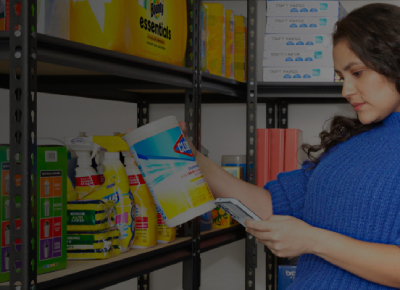
Limited-time offer
Unlock your special promo code
Stay informed on Walmart Business news & get $20 off a $100 purchase!1
1Minimum order of $100. Promo code can be used one time & may not be combined with other offers. Offer not transferable & void where prohibited by law. Customer responsible for all applicable taxes. Offer expires 12/31/2025 at 11:59pm PT. Further restrictions apply. See terms at checkout for details. Promo code offers available in limited quantities. While supplies last.
1 Excludes most Marketplace items, freight and certain location surcharges.
2 Restrictions apply.
3 Rewards can only be used toward future purchases on Walmart Business. Additional terms apply.
4 Savings based on 1 free $35+ delivery order vs. $9.95 fee and 1 free shipping order under $35 vs. $6.99 fee biweekly, plus 2% Walmart Business Rewards on monthly order >$250 (average value of $400).
Exciting news awaits
Hear firsthand about new products, features & promotions.
By clicking submit, you agree to receive emails about Walmart Business and acknowledge you have read and agreed to our Terms of use and Privacy Policy.



